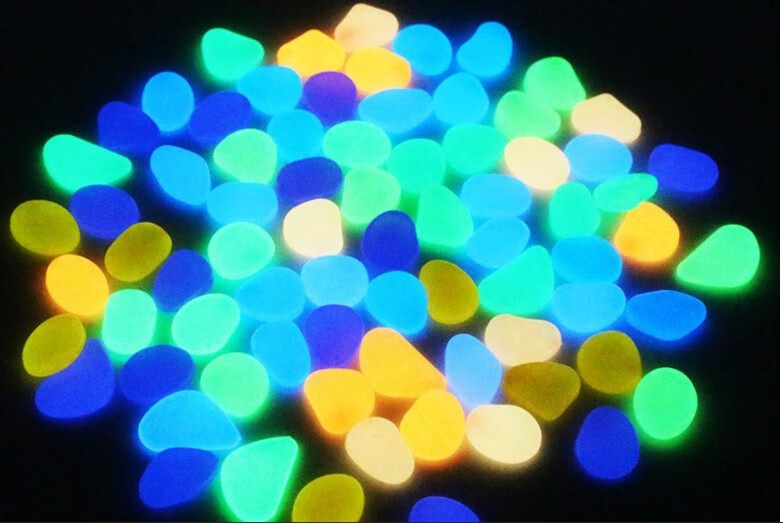
High-Quality Rutile TiO2 - Premium Titanium Dioxide Supplier
The Significance of Rutile Titanium Dioxide (TiO₂) in Industry and Environment
Rutile, a mineral form of titanium dioxide (TiO₂), is renowned for its remarkable properties and widespread applications across various fields. As one of the most stable and naturally occurring forms of TiO₂, rutile is characterized by its high refractive index, excellent UV resistance, and non-toxic nature, making it a valuable component in many industrial processes.
The Significance of Rutile Titanium Dioxide (TiO₂) in Industry and Environment
In addition to its use in pigments, rutile TiO₂ plays a crucial role in the production of titanium metal, which is essential in aerospace, automotive, and medical industries. Titanium is celebrated for its strength-to-weight ratio, corrosion resistance, and biocompatibility, making it an ideal choice for high-performance applications. Rutile serves as a primary feedstock in the production of titanium sponge, which is further processed into titanium alloys and various fabricated products.
tio2 rutile

Rutile TiO₂ is also gaining recognition for its potential environmental benefits. As a photocatalyst, it has shown promise in applications aimed at water purification and air treatment. When exposed to ultraviolet light, rutile can accelerate the degradation of organic pollutants, thereby contributing to cleaner water and improved air quality. This property is particularly valuable in addressing environmental challenges and promoting sustainable practices.
Moreover, with the burgeoning field of nanotechnology, rutile TiO₂ nanoparticles are being explored for diverse applications, including drug delivery systems and solar cells. Their unique properties at the nanoscale can lead to innovations that enhance efficiency and performance across various sectors.
Despite its myriad benefits, it is crucial to consider the environmental implications of titanium mining and processing. Sustainable practices are essential to mitigate the ecological impact associated with rutile extraction. Therefore, ongoing research is focused on improving the sustainability of these processes, ensuring that the benefits of rutile TiO₂ can be harnessed without compromising environmental integrity.
In conclusion, rutile titanium dioxide is a versatile compound with significant industrial and environmental importance. Its role in pigment production, titanium manufacturing, and potential as a photocatalyst highlights its multifaceted utility. As industries continue to prioritize sustainability, the ongoing exploration of rutile’s properties promises to contribute to advancements that benefit both the economy and the environment.
Share
-
Fly Ash Solutions Enhanced by GPT-4 Turbo | Sustainable InnovationNewsAug.01,2025
-
Natural Premium Bentonite Cat Litter - Superior ClumpingNewsJul.31,2025
-
Premium Resin Coated Sand - High Heat Resistance CastingNewsJul.31,2025
-
High Quality Silicon Carbide Grit for Abrasive ApplicationsNewsJul.30,2025
-
High-Quality Ceramsite for Plants & Gardening | Lightweight PebblesNewsJul.29,2025
-
Premium Burgundy Glass Marbles for Vases & Shooter GamesNewsJul.29,2025






